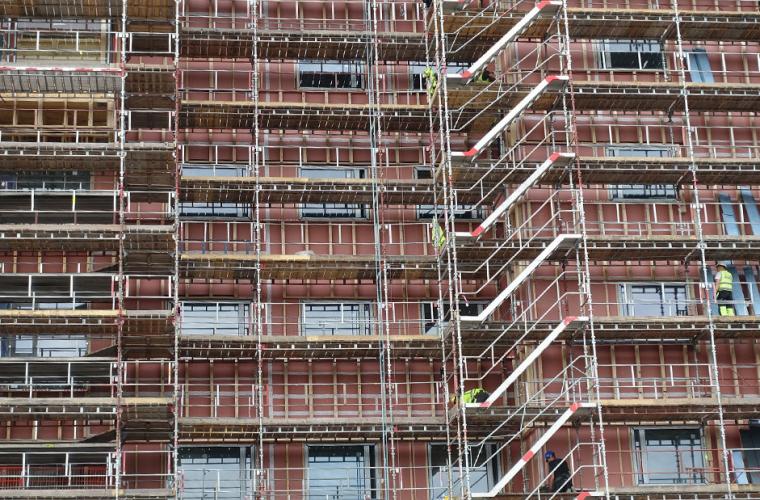Responding to the interim report of the independent Hackitt Review of building regulations and fire safety published today, Lord Porter, Local Government Association Chairman, said:

“Today’s interim report reinforces our warnings about the complexity and confusion in the current system of ensuring buildings are safe, so tragically exposed by the Grenfell Tower fire.
“The Government needs to endorse the report’s findings without delay and work with councils and the industry to take the process of reform forward in the way Dame Judith has set out. This will obviously need to include rewriting the documents relating to the installation of cladding and insulation on external walls of buildings so they are easier to understand and comply with.
“What happened at Grenfell Tower can never be allowed to happen again and no-one should have to live in fear about their safety, be that in the buildings they live in, work in or visit. It is clear that all types of landlords also need urgent clarity about how they should be replacing materials on their high-rise blocks affected by fire safety test fails while we have raised wider concerns about the general safety of other clad buildings.
“Councils have acted quickly to put in safety measures in their high-rise blocks to reassure residents. With the majority of high-rise buildings affected by fire safety test fails owned by private landlords, councils continue to work hard to support building owners in their area to deal with the issue and to try and confirm with the owners of thousands of private high rise residential buildings the cladding and insulation systems on those blocks.
“While councils will continue to get on with what they need to do and are ready to play a leading role in making sure a new system of building regulation works, significant funding concerns remain. The Government needs to meet the unexpected exceptional costs for councils arising from conducting fire safety and major remedial work and for any essential fire and safety measures needed.”
NOTES TO EDITORS
The LGA, which represents more than 370 councils in England and Wales, has set out 18 recommendations to the Hackitt Review on how to improve construction and post-construction safety. They include:
- The Government’s guidance Approved Document B, which deals with fire safety in tall buildings needs a substantial rewrite. It is of no use to those fixing cladding systems to buildings if they do not understand it. The document is unclear and also establishes alternative routes to compliance which creates a contestable space for which manufacturers, builders and regulators must operate.
- If no fire test data exists for a particular cladding system, a desktop study can be submitted. The use of desktop studies as a route to fire safety compliance must no longer be accepted.
- The test method to assess fire safety of cladding applied to the external face of the building (BS8414) must be published. It is also unsustainable that fire safety test results, particularly BS8414, can be treated as commercially confidential. They must be available to building control and any enforcing authority responsible for fire safety, who should be able to compel independent building control assessors to reveal relevant information.
- The time limit on enforcing building regulations must be removed - prosecution is only possible up to two years after completion of the work and councils can only issue enforcement notices requiring alteration and removal of work 12 months from the date the offending building work was completed.
- Cladding used on high rise buildings should be subject to an accredited installers scheme.
- The current competitive system of building control – which means work can be checked by a verified by council building control departments or an independent Approved Inspector – is hindering an effective regime and can lead to lower standards and fewer, less rigorous inspections. Greater clarity is needed on the frequency and standard of inspections.
